Search StudySC for people, places, history, and ideas.
StudySC – Know where you live.
Explore South Carolina through StudySC! Learn about your community, South Carolina history, and the people who have made a significant impact on the state and the world.
SC Subjects by Grade Level
South Carolina People
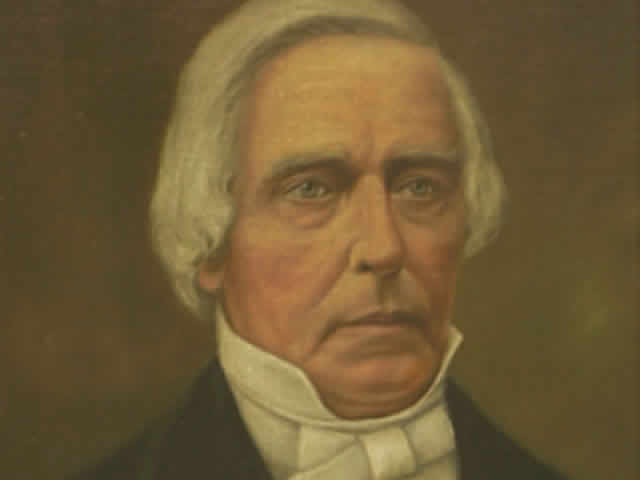
John Belton O'Neall
John Belton O'Neall was a judge who served on the precursor to the South Carolina Supreme Court. He is known for writing a digest of "The Negro Law of South Carolina."

Mary-Louise Parker
Actress and writer Mary-Louise Parker was born on Fort Jackson in South Carolina.
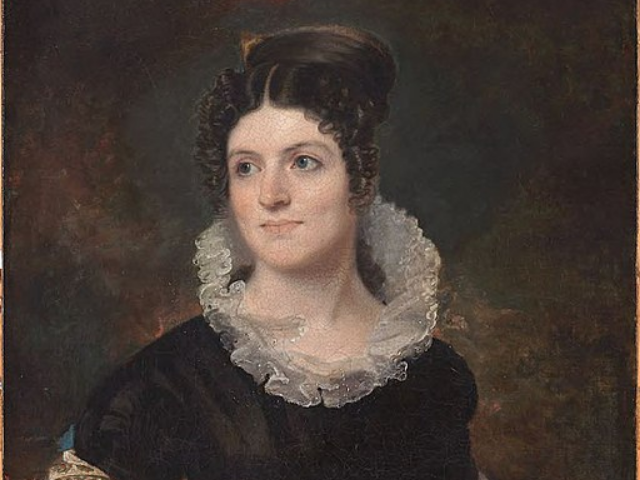
Caroline Gilman
Carolina Gilman was a writer and founder of The Rose Bud, one of the first juvenile weekly magazines published in the United States.
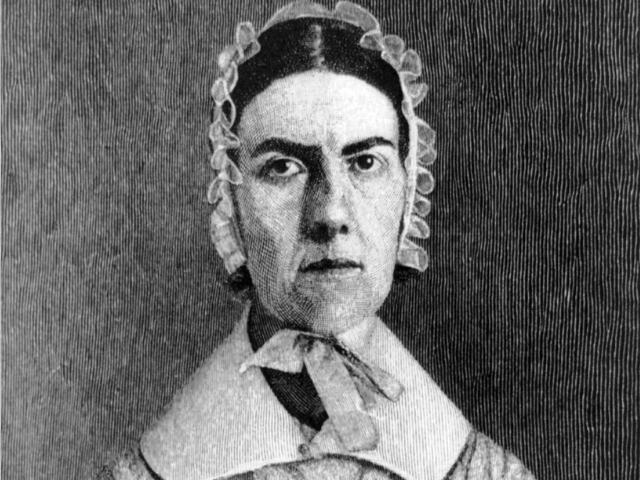
Angelina Grimkè
Angelina Grimkè Weld was an abolitionist, political activist, women's rights advocate, and supporter of the Women's Suffrage Movement.
South Carolina Counties
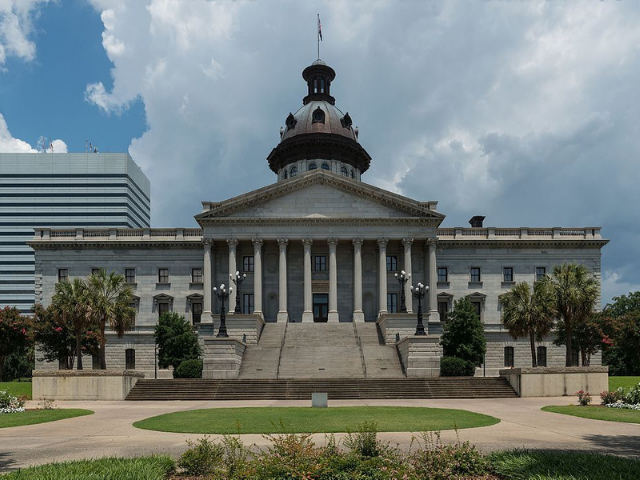
Richland County
Richland County was probably named for its "rich land." The county was formed in 1785 as part of the large Camden District.
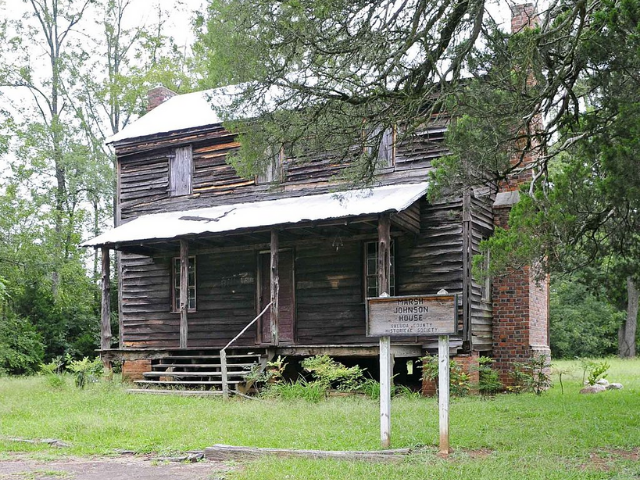
Saluda County
Saluda County was named for the Saluda River, which forms one of its borders. The county was established in 1895 from part of Edgefield County, and the county seat is the town of Saluda.
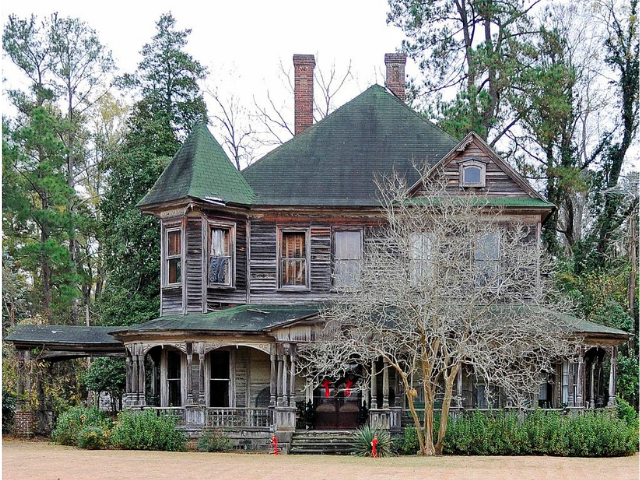
Marlboro County
Marlboro County was named after John Churchill, the first Duke of Marlborough (1650-1722).
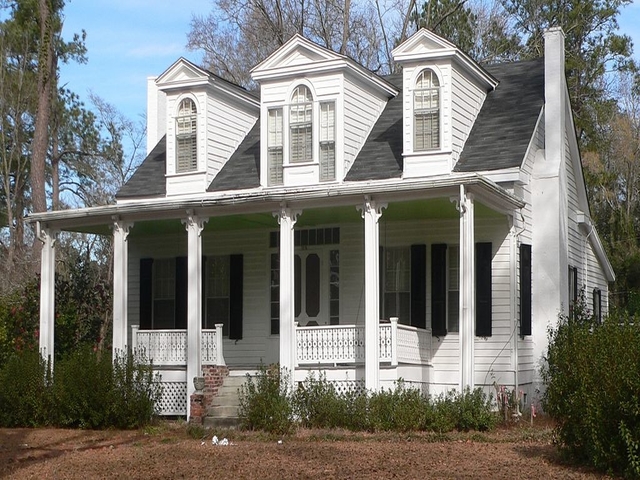
Williamsburg County
Williamsburg County was probably named for King William III of England (1650-1702). Scotch-Irish and French Huguenot settlers began moving into this part of the Lowcountry around 1732.
South Carolina Facts
South Carolina State Dance
The Shag (Carolina Shag) was designated the official State Dance by Act Number 329 of 1984. The basic step for this upbeat, quick, and smooth dance is a six-count, eight-step pattern danced in a slot.
South Carolina Glossary
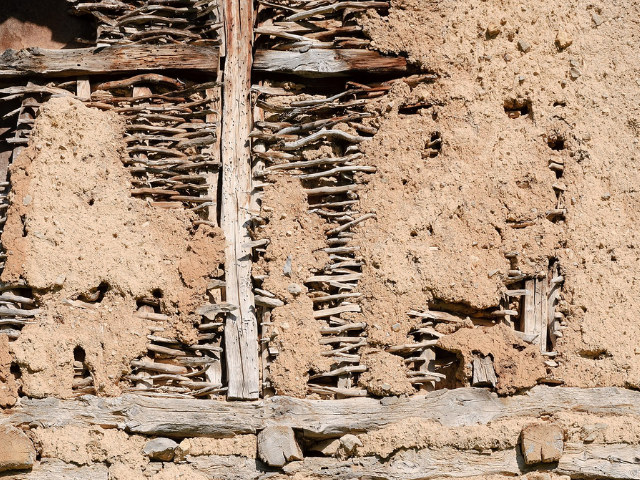
wattle and daub
(noun) - a construction of wet clay or sand spread over a weave of branches and twigs to form a wall, barrier, fence, or roof
Copyright © 2024. All rights reserved.


